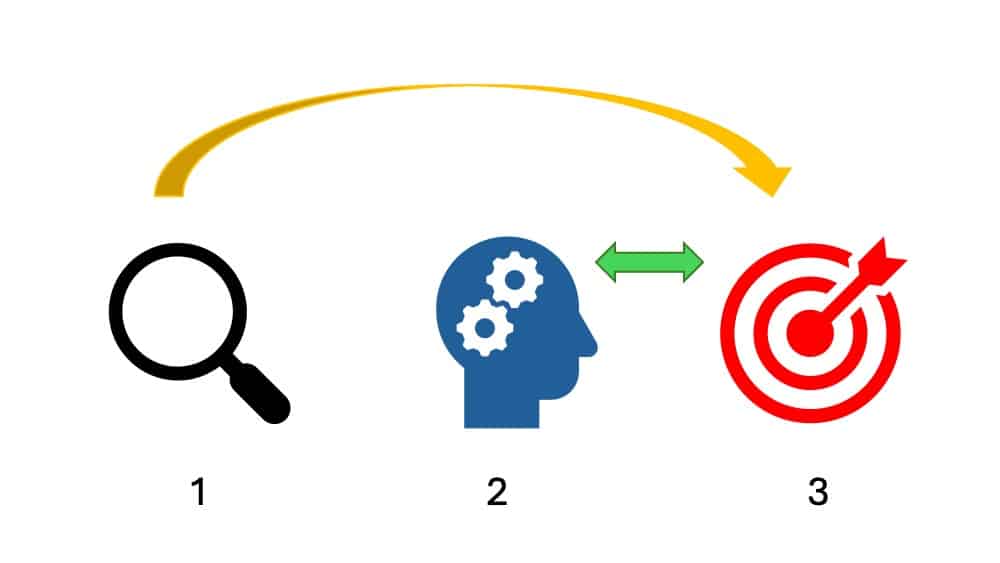- To create alignment between the team and stakeholders on the scope of the opportunity, the perceived value of engaging in the opportunity, and the vision of success for engaging in the opportunity.
- To identify and characterize the main stakeholders involved and, according to their interest and influence levels, develop differentiated stakeholder engagement strategies.
- To identify and characterize the risks associated with the opportunity and develop mitigation and management strategies according to their likelihood and impact levels.
- To better define the key scope of effort required to progress the opportunity and to build an integrated roadmap, including the key decision points and milestones, for the team to deliver a successful outcome for the opportunity.
Opportunity Framing takes the team and its stakeholders through a process where three fundamental questions are answered:

1 Where are we now?
2 How will we get there?
3 Where do we want to be?
It is important to highlight that Opportunity Framing will first ensure that everyone sufficiently understands the starting point of the opportunity or project. Then, it will create a common view of where the opportunity or project needs to be at the end. Only then will Opportunity Framing develop the road map from now to the endpoint.
Opportunity Framing helps the team be more effective because, at the start of an opportunity, it brings together a multidisciplinary team, aligns their workstreams, and allows team members to proceed with a focused understanding, clarity, and a decision-driven mindset rather than only an activity-driven mindset. This ensures that resources, including funding, are allocated appropriately.
Activity-based planning is about logically sequencing and scheduling activities without critically assessing their importance and without looking at their impact on the key decisions that have to be made during the progression of an opportunity or a project. The overall premise is that making high-quality decisions creates value and vice versa. Decision-based planning, therefore, starts with critical decisions and then prioritizes and sequences those activities that allow for high-quality decision-making.
A significant benefit of the Opportunity Framing process is its use as the starting point for the team/group integrated planning process. The established framework from the Opportunity Framing workshop should be a “live document” that is updated with new information and reviewed as appropriate throughout the opportunity’s lifetime.